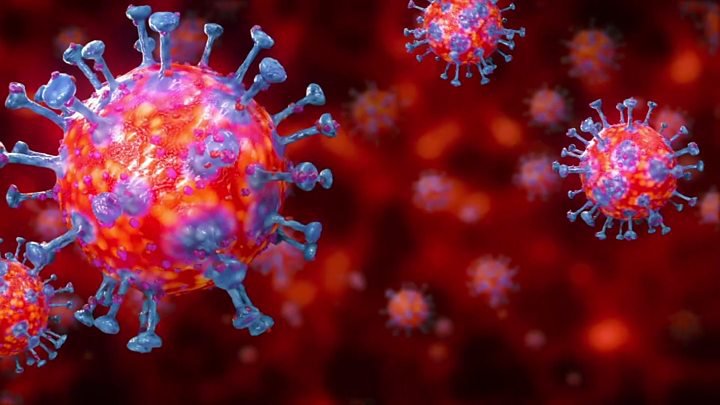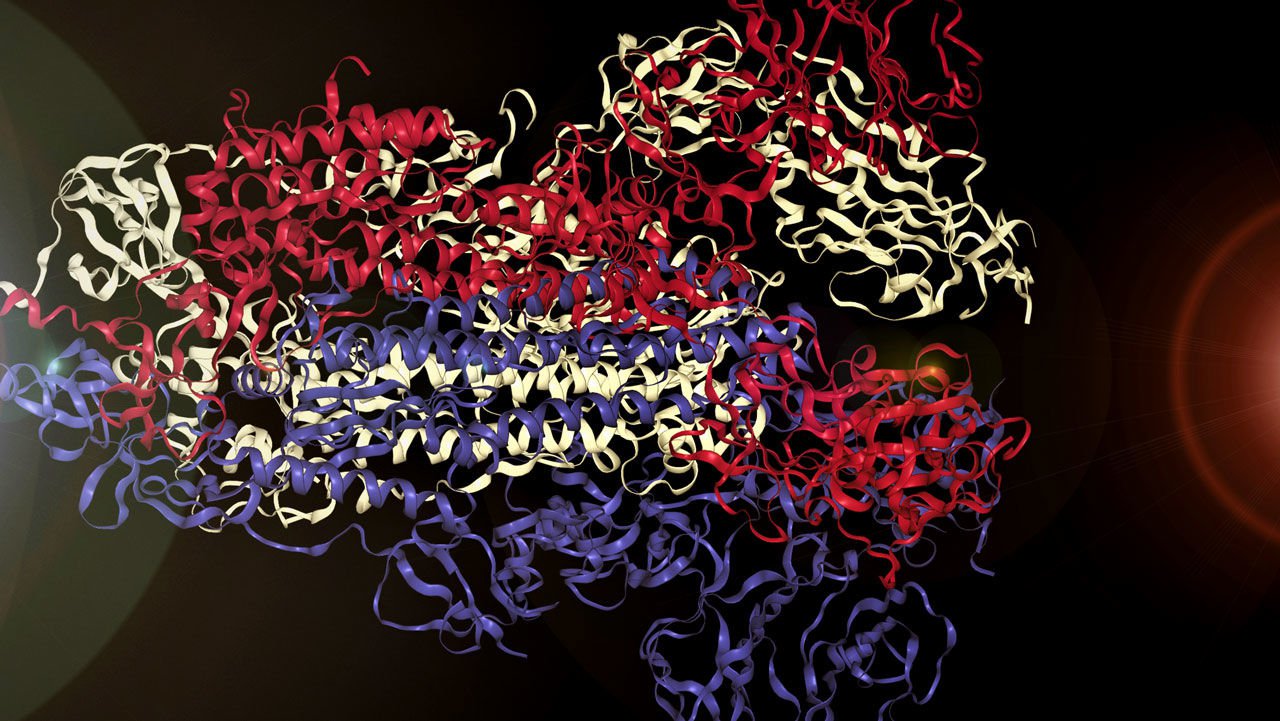Since its inception, the images of the Novel Coronavirus have been making rounds on the internet. The image of the virus has made a lot of people use the structure in a lot creative ways.

A sweet shop in Bengal started making sweets of the structure, a policeman in Bangalore made a helmet of the structure to spread awareness about the virus.
Now, researchers at the Massachusetts Institute of Technology (MIT) have translated the spike protein of Covid-19 into music using a technique called sonification. The audio, posted on SoundCloud in March, is meant to help researchers understand the structure of the virus better.

Marx J. Buehler, scientist at MIT created this mosaic of coronavirus. The sound of bells, strings and flutes is heard in this music.
They all show different forms of cornea’s prickly protein. The whole music is about 1 hour 49 minutes and 48 seconds long. It is believed that over time, this audio format could help create drugs or find an antibody that can counter the virus’ effect, scientists say simply by searching for specific musical sequences that correspond to these sites.
At @MIT, a team of scientists led by @profbuehlermit are using “sonification” to turn virus proteins into musical sequences. This innovative technique helps scientists see — or hear — which antibodies or drugs might help fight COVID-19. (via @vinven7) https://t.co/zrF674cn3b
— The Team at X (@Theteamatx) April 8, 2020
This, the researchers say, is faster and more intuitive than conventional methods used to study proteins, such as molecular modeling. They add that by comparing the musical sequence of the spike protein to a large database of other sonified proteins, it might be possible to one day find one that can stick to the spike preventing the virus from infecting a cell.
“Our brains are great at processing sound. We would need a high-powered microscope to see the equivalent detail in an image, and we could never see it all at once. Sound is such an elegant way to access the information stored in a protein,” Markus J Buehler told the university’s on-campus publication, MIT News, on Thursday.
He added that, “We might also use a compositional approach to design drugs to attack the virus. We could search for a new protein that matches the melody and rhythm of an antibody capable of binding to the spike protein, interfering with its ability to infect”.
There is also a larger metaphor that shows why scientists are keen to translate the virus’ structure into sound. The “pleasing, relaxing sounds” convey the “deceitful nature of the virus, which hijacks the body” to exploit it, wrote Buehler in his description of the audio on SoundCloud.
Now we need a small museum that can house this piece of art and the musical representation related to COVID-19 by @ProfBuehlerMIT https://t.co/phlHjajSyM 😁
— Lexis Punc (@lexispunc) April 6, 2020
I hope Professor Whitty sees the sculpture
The process of sonification involves assigning amino acids that make up a protein to corresponding sounds by transposing their natural frequencies on a note in a specific musical scale.
Artificial intelligence algorithms are used to convert these musical scores into a composition that displays the “innate relationship” between amino acid and the protein structure, according to a methodology released on American Chemical Society (ACS) publications by researchers Chi-Hua Yu, Zhao Qin, Francisco J Martin-Martinez and Markus J Buehler, who suggested the broad guidelines of the process of sonification.
This awesome project is not from the Media Lab—@ProfBuehlerMIT worked with @MITIBMLab. Learn more: https://t.co/p930Uk6IoS
— MIT Media Lab (@medialab) April 6, 2020
This isn’t the first time microbiological data has been perceived through sound. A 2017 study converted information stored in a DNA sequence into music, which could help the scientific community analyse its complex structure and any mutation that might occur.

















